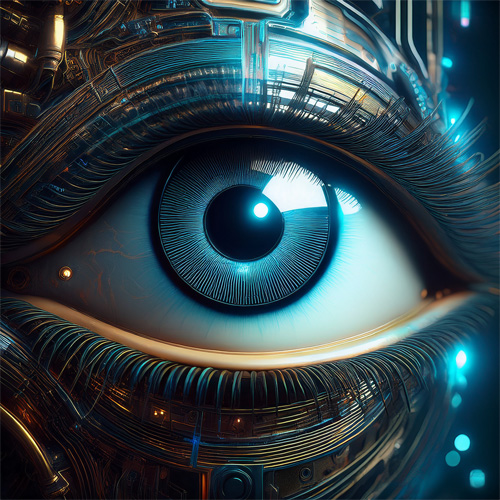 For the past few years, the fashion industry has been undergoing a transformation unlike any other a quiet revolution, masked by the glitter of digital marketing. While discussions focus on generative AI and hyper-personalized campaigns, the real shifts are happening elsewhere: in processes, in organizational structures, in consumer habits, and in the power dynamics these tools are reshaping. The vision of Canal-luxe and its leaders sheds light on these overlooked realities realities that will soon determine which brands survive and which fade away.
For the past few years, the fashion industry has been undergoing a transformation unlike any other a quiet revolution, masked by the glitter of digital marketing. While discussions focus on generative AI and hyper-personalized campaigns, the real shifts are happening elsewhere: in processes, in organizational structures, in consumer habits, and in the power dynamics these tools are reshaping. The vision of Canal-luxe and its leaders sheds light on these overlooked realities realities that will soon determine which brands survive and which fade away.
There’s plenty of talk about AI-generated visuals, automated descriptions, and “magical” videos. Yes, these things exist. Yes, they impress. But the deeper issue lies elsewhere. Until now, brand storytelling relied on a narrator: a designer, a photographer, an artistic director. Now, AI analyzes purchasing behavior, detects micro-trends before they emerge, crafts tailored narratives, and adapts a product’s story in real time based on who’s looking at it.
This isn’t storytelling anymore it’s storyshifting: a fluid, ever-changing, algorithmic narrative.
While major groups hesitate, fearing homogenization, smaller brands are diving in. They use AI to write product descriptions, retouch photos, test slogans, and generate content. They understand that the goal isn’t to replace creativity but to amplify its pace. The paradox? It’s the smaller players who are adopting tools that could close the gap with industry giants.
Young brands have grasped a crucial truth: to survive, creativity must be preserved, and everything else must be automated. They leverage AI to forecast demand, optimize pricing, manage inventory, and handle repetitive tasks, freeing up time and energy for what truly sets them apart. Far from replacing creation, AI becomes the silent infrastructure that protects it, allowing teams to focus on what matters most. The brand DM is a perfect example of this shift.
Yet, as journalist Anonymode has noted, three conditions still stand in the way of turning this technological novelty into a genuine habit. Consumers aren’t ready to let an AI shop on their behalf it can advise, but not decide. Understanding what someone likes isn’t enough; AI must also grasp what they wouldn’t dare wear in public, as human nuance remains difficult to code. As long as these assistants feel artificial, they’ll remain just thatartificial. But the day they integrate seamlessly, without friction, the shift will be total, and it will happen.
The Real Revolution Is Invisible for Now
